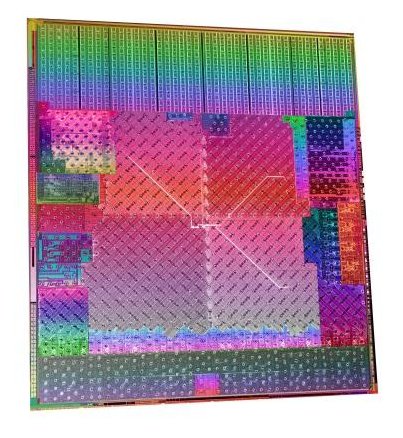As we edge closer to the official launch, AMD is talking more and more about its upcoming Fusion processors. Between wandering the halls of IFA, Director of Fusion Marketing, John Taylor took some time to explain a few more details about the new chips.
Firstly, the platform that will be built around the APUs for desktop, notebook and netbook systems was given a name - Brazos. This will, at first, be paired with one of two APUs based on the Bobcat architecture.

The ultra low-power chip - destined for netbooks, mini-desktops and other low-power devices - will be called Ontario and will draw a maximum of 9W. This is approximately equivalent to Intel's recently released dual-core Atom N550 CPU/GPU combo. However, the Fusion APU is expected to outperform the current netbook-champion, offering processing-power closer to an existing mainstream notebook-CPU.
The second APU will be named Zacate and is intended for mainstream, ultrathin and low-cost laptops. Requiring only 18W, these parts will offer similar power-draw to Intel's 32nm Arrandale-based CULV CPU/GPU chips. As with the Ontario CPUs, performance is expected to be closer to that currently offered by mainstream mobile-processors than traditional low-voltage chips.
Of course, the feather in AMD's cap is going to be the graphical-performance offered by the APUs. Each of the Bobcat-based chips will support DirectX 11, DirectCompute and OpenCL for GPGPU-computing as well as hardware dedicated to the company's Unified Video Decoder (UVD). The latter should allow the APUs to decode a 1080p video-stream without breaking a sweat.

Lastly, the company showed-off a sample of a Fusion APU to demonstrate its dimensions. The chip is impressively small, with the entire package being a little smaller than a €1 coin - though a touch larger than two Polish-zloty.













